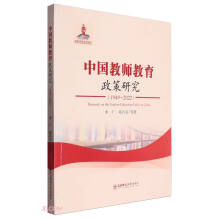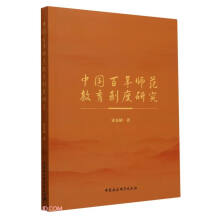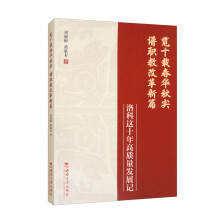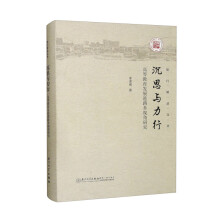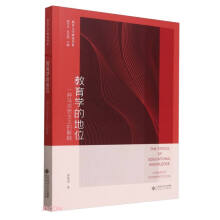Chapter 1 Introduction
1.1 Reading challenges of children
1.2 The promising Human—Computer Interaction worked
1.2.1 Study summary
1.2.2 Contributions
1.3 Organisation of the book
Chapter 2 Understanding Theories
2.1 Theories of reading acquisition
2.1.1 Theories ofdyslexia
2.1.2 Phonological deficit hypothesis
2.1.3 Auditory temporal processing deficits and visual deficits
2.1.4 Attenfional problems
2.1.5 “Opaque”orthography ofEnglish
2.1.6 Mirror generalisation
2.1.7 Biological,genetic and environmental hctom
2.2 Theories of learning English as a foreign language
2.2.1 Language acquisition between EFL and ELl children
2.2.2 TransfereffectsbetweenLl andL
2.2.3 Inappropriate or limited phonic instructions
2.2.4 Lacking background knowledge
2.3 Chapter summary
Chapter 3 Multisensory Reading Interventions
3.1 TraditionaI multisensory interventions
3.1.1 Explicit phonics instruction
3.1.2 Intensive and prolonged instruction
3.1.3 Multiple senses
3.1.4 Multiple representations
3.1.5 Limitations oftraditional multisensory intervenfions
3.2 Computational interventions with graphic user interfaces
3.2.1 Graphic user interfaces for children at.risk for dyslexia
3.2.2 Graphic user interfaces for EFL children
3.3 Chapter summary
Chapter 4 Tangible User Interfaces for Learning
4.1 Characteristics of tangible user interfaces
4.2 Design space of tangible user interfaces for learning
4.2.1 Designing physical-digital relations
4.2.2 Designing physical representations
4.2.3 Designing for learners with special needs
4.3 Opportunities of tangible user interfaces in supporting reading acquisition
4.3.1 Opportunity 1:spatiality
4.3.2 Opportunity 2:multiple interaction modalities
4.3.3 Opportunity 3:multiple letter representations
4.3.4 Opportunity 4:collaborative,flexible,and structured learning procedures
4.4 Tangible user interfaces designed for children
4.4.1 Tangible user interfaces for typical children
4.4.2 Tangible user interfaces for children with dyslexia
4.4.3 Tangible user interfaces for English as a Foreigh Languge children
4.5 Chapter summary
Chapter 5 Designing Tangible Reading User Interfaces
5.1 Learning goal
5.2 Design requirements
5.3 System description
5.4 Design process:a hybrid concept.and situation.driven approach
5.4.1 Focus groups
5.4.2 Expe~reviews
5.5 Implementation
5.5.1 Implementation ofdynamic colour cues
5.5.2 Implementation of 3D letter shape cues
5.6 Chapter summary
Chapter 6 Evaluating Tangible Reading User Interfaces
6.1 Research questions
6.2 Research design
6.3 Participants
6.4 Learning tasks
6.5 Instruction procedure with PhonoBIocks
6.6 GeneraI procedure
6.7 Data collection and analysis
6.7.1 Reading and spelling accuracy
6.7.2 Reading and spelling trajectories
6.7.3 Children's preferences in and thoughts on PhonoBlocks
6.7.4 Influences of individual characteristics
6.7.5 Design elements
6.8 Chapter summary
Chapter 7 Workeding with Children At-risk for Dyslexia
7.1 Reading and spelling accuracy
7.1.1 Baseline assessments
7.1.2 Reading accuracy on trained and untrained words
7.1.3 Spelling accuracy on trained and untrained words
7.1.4 Reading accuracy maintenance on trained and untrained words
7.1.5 Spelling accuracy maintenance on trained and untrained words
7.1.6 Reading accuracy and maintenance on trained and untrained words in each learning activity
7.1.7 Spelling accuracy and maintenance on trained and untrained words in each learning activity
7.2 Reading and spelling trajectories
7.2.1 Pre.knowledge of letter names/sounds
7.2.2 Reading trajectory
7.2.3 Spelling trajectory
7.3
展开


